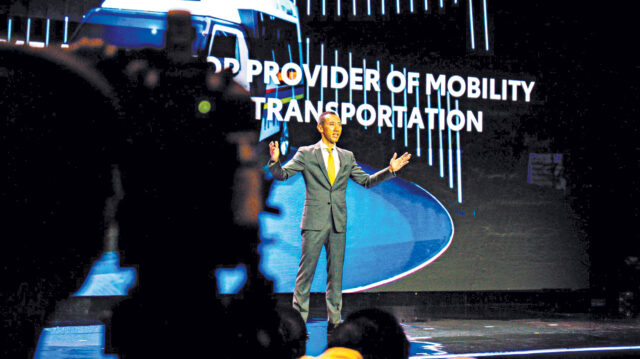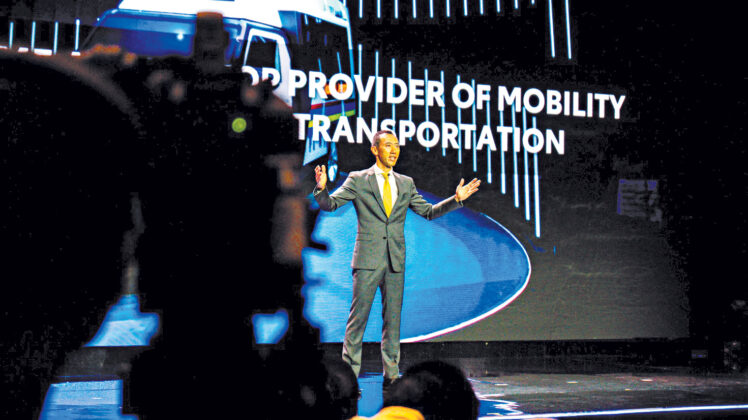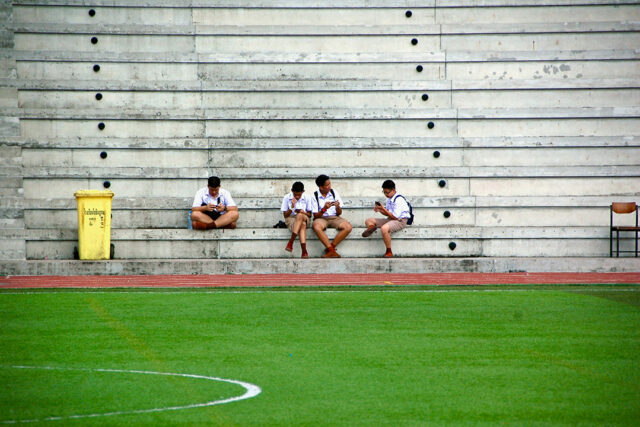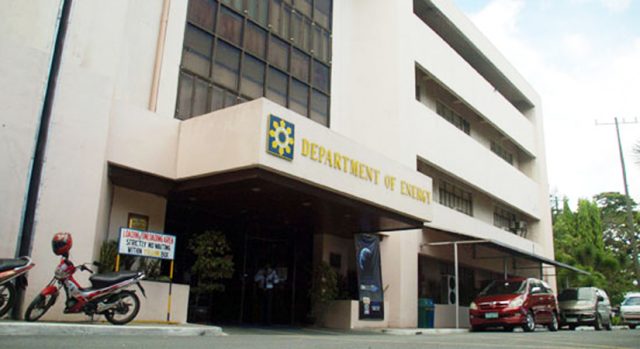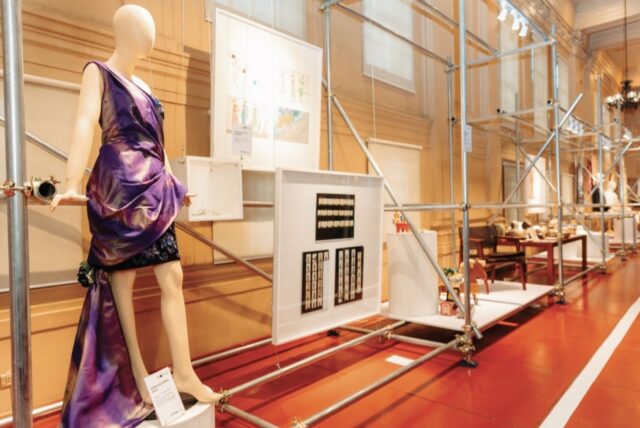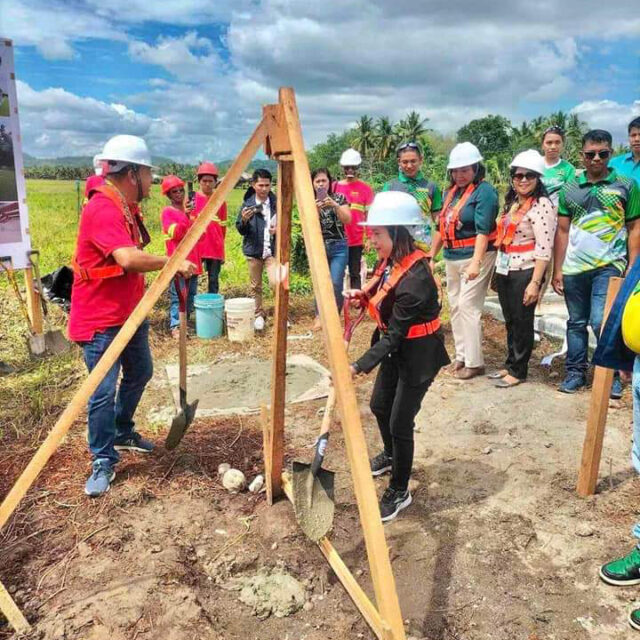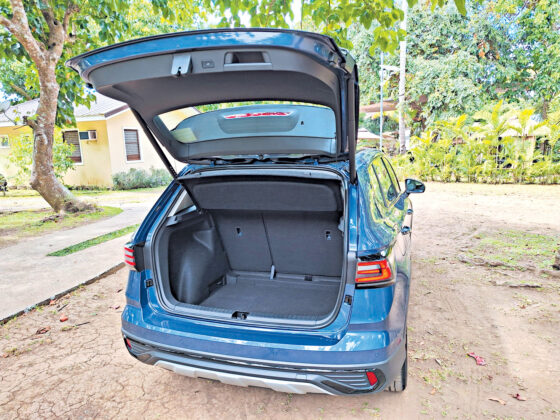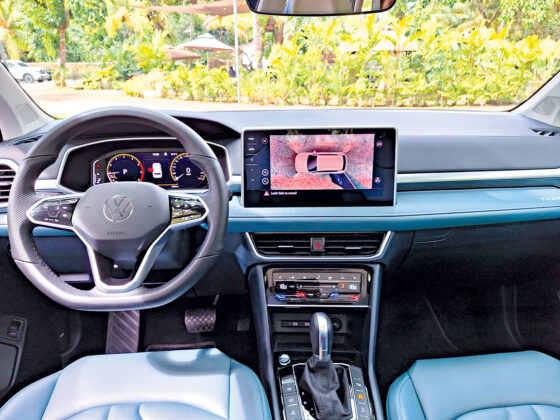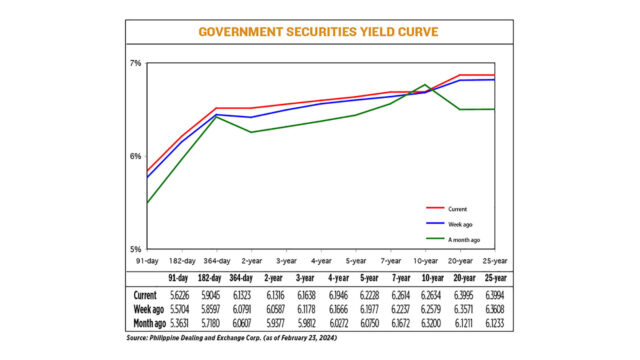Achievements and aspirations
Toyota PHL fetes outgoing Mr. Okamoto, welcomes new chapter with youngest-ever president
“HIS ARRIVAL was literally earth-shaking.”
Not a few laughs reverberated in the Grand Hyatt’s main ballroom last Tuesday when Toyota Motor Philippines Corp. (TMP) Chairman Alfred Ty recalled with a smile the beginning of Atsuhiro Okamoto’s stint as TMP president in January 2020. From an onstage podium, he narrated: “He was greeted by the eruption of Taal Volcano after over 40 years of quiet, triggering almost 600 volcanic earthquakes in just four days. Little did we know that this was only the tip of the iceberg of the challenges that Okamoto-san or AO-san would face.”
Mr. Okamoto’s presidency had progressed uneventfully for but a few weeks — and he began it with a tenor that would mark his tenure despite everything that would happen later. The man wanted to be where the people were. That meant opening his own Facebook page to make him and what he did more accessible and visible. The executive had posted, “During my first week in the Philippines, I decided to do genchi genbutsu, or to ‘go and see’ the daily struggles of Filipino commuters. I rode a bus, took a round trip of the MRT, rode the jeepney, queued for a long time to ride the UV Express, and lastly, took a tricycle ride to Tondo! For me, it’s a good learning experience. I realize that unlike Japan or Singapore, the Philippines’ current mass transport system is not enough to accommodate the huge number of daily commuters. I would like Toyota to take part in this big challenge to upgrade the quality of life for many Filipinos.”
Unfortunately, as Mr. Ty later said, COVID-19 happened. This scuttled our plans, dashed hopes, and even took away people we loved. “The economy went into a tailspin, lives and livelihood were disrupted, and there was no answer in sight. The challenges mounted and were even compounded by extraordinary weather disturbances and geo-political conflicts,” the executive rued.
Nonetheless, Mr. Okamoto, his management team, and the network of dealerships took on challenges with an unflinching resolve. At the end of it all, TMP extended its reign as perennial triple crown holder (leading the country in overall vehicle sales, passenger car sales, and commercial vehicle sales) for 22 straight years by the end of 2023.
TMP came out of the crucible of the pandemic cornering nearly half of the Philippine auto market — and remains well-positioned to realize even further growth in 2024.
“Through it all, Okamoto-san charged ahead with steadfastness and courage, showing the way for all of Team Toyota, bringing hope where there was confusion — always with a smile and a good word for everyone,” maintained Mr. Ty.
“Looking back, I could say that those four years were among the most challenging, but also the most meaningful part of my life. And I am very thankful to have experienced it with you,” declared Mr. Okamoto during his own speech.
The turnover ceremony saw “AO” formally succeeded by former TMP Senior Vice-President Masando Hashimoto — who at 46 years of age is the youngest ever to helm the company.
In a previous interview with this writer, Mr. Okamoto said his next assignment will find him back with Toyota Motor Corp. in Japan — specifically in Nagoya, where his family lives. An economics graduate of the Keio University in Tokyo, the executive has more than three decades of cumulative experience in both the Lexus and Toyota brands, having joined TMC in 1992. According to the GT Capital Holdings 2022 Integrated Report, Mr. Okamoto was tapped in 2012 as department general manager of the Lexus Planning Division. Three years later, he found himself seconded to Toyota Motor Asia Pacific (TMAP) as vice-president for marketing and sales. Immediately before his posting at TMP, he was EVP at TMAP.
Meanwhile, Mr. Hashimoto similarly paid tribute to his predecessor, who he said leaves him with big shoes to fill. “Thank you for the immense groundwork you have laid — realizing new mobility business, leading major investments, innovating the value chain, championing sustainability, and leading Toyota to emerge strong through an unprecedented era. I am pretty sure the TMP team would agree with me. You have shown a perfect example of what the Filipino value of bayanihan is.”
Mr. Hashimoto shared that he has 24 years of industry experience, “having handled global sales and business planning, as well as genba or on-ground operations.” He completed a two-year stint in New Delhi, India and another four years in Bangkok, Thailand where he was assigned as senior coordinator for Toyota Motor Thailand. Interestingly, during his posting there he worked under the leadership of former longtime TMP President Michinobu Sugata.
The new president promised to apply his “experience in distribution — covering dealer network operations, Hilux marketing, auto finance, used car auction, and connected device projects” here. Mr. Hashimoto also vowed that Toyota “will never be complacent,” even in a market such as ours where the brand is “already considered a powerhouse.”
He declared: “I believe we should foster stronger industry collaboration and harness the fullest potential of the Philippine human capital. As CKD (completely knocked down) manufacturing remains at the core of its business, Toyota can have the best of both worlds of hardware for production quality and software for (its) high-skill workforce. One of our goals is to contribute to economic balance so we will continue to enhance our very own automotive and parts manufacturing capabilities.”
The executive pointed to the “success and impact” of manual-transmission exports by Toyota Aisin Philippines since 1992, adding, “I believe that through multi-stakeholder cooperation, we can soon make our industry much more globally competitive.”
In a release, TMP said that the “turnover of leadership comes as (the company) continues to grow its business with new mobility solutions and automotive value-chain innovations.”
Significantly, Toyota is already gearing up for the local production and rollout of the IMV 0-platformed new-generation Toyota Tamaraw this year — expected to help further boost TMP’s business while enabling local enterprises grow through a reliable, affordable mobility tool.

